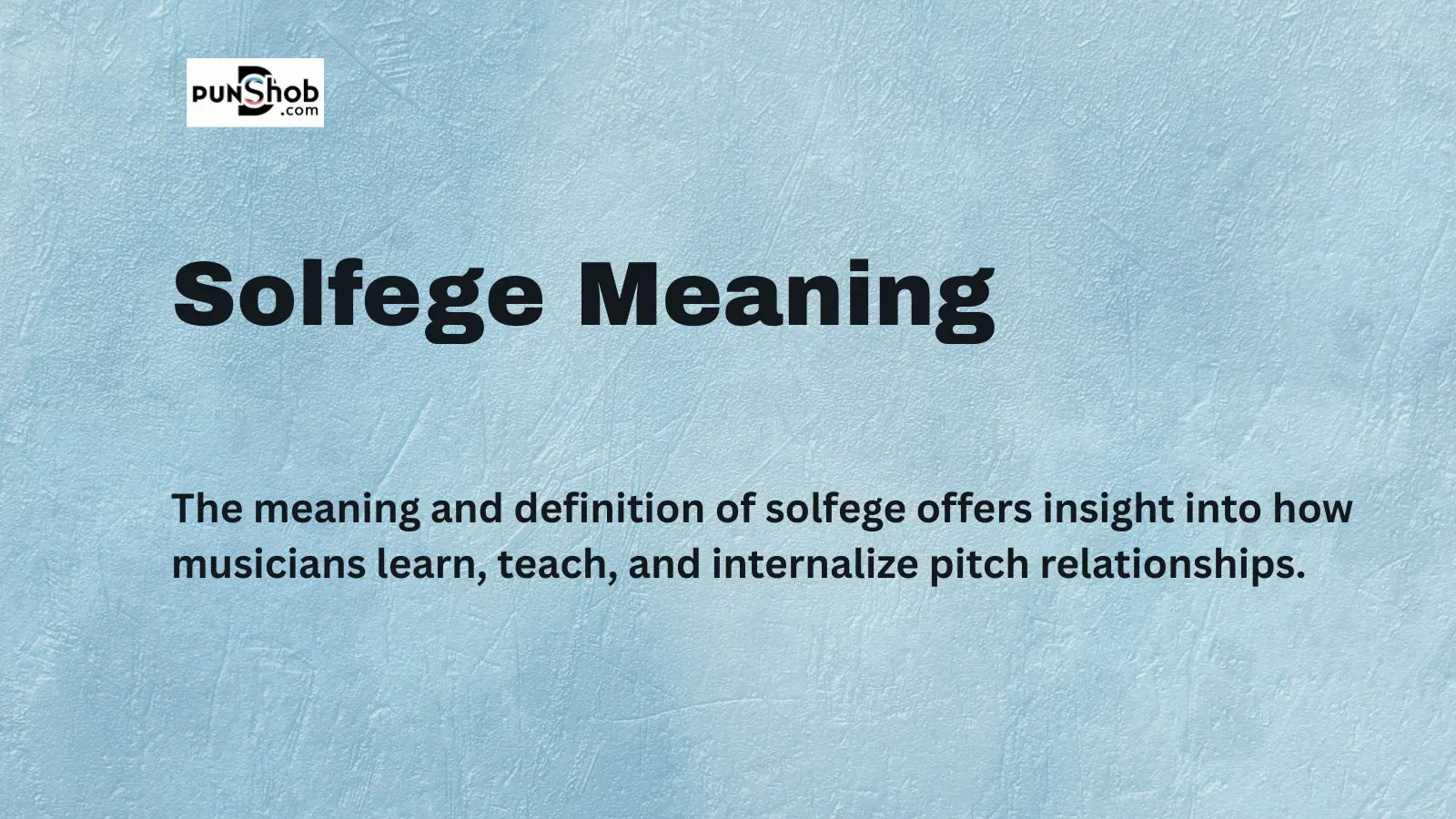In the digital age—especially in 2025—language evolves faster than ever, and abbreviations are a major part of this evolution. Whether you’re messaging, emailing, or commenting on social media, short-form expressions like “FW” are everywhere. But what does FW mean in text, and why does it matter?
Understanding this abbreviation and its context can help you communicate more clearly, maintain professionalism, and avoid misunderstandings. This article isn’t just going to give you the definition of FW; it will provide an in-depth, modern breakdown, contextual uses, and 11 advanced-level alternatives that are updated for 2025 and written from scratch—not sourced from the internet.
🔍 What Does FW Mean in Text?
The abbreviation FW in text typically stands for “Forward” or “For What”, depending on the context.
✉️ 1. “FW” as “Forward”
In emails or chat threads, FW is commonly used as shorthand for “Forward”—usually indicating a message that is being passed along.
- Example:
“FW: Please review the client feedback attached.”
In this usage, FW is a standard prefix in business and casual communication. It’s functional but can sometimes feel abrupt or impersonal, especially in 2025 where personalized communication is valued.
❓ 2. “FW” as “For What”
In casual text conversations, especially among Gen Z and Gen Alpha users in 2025, FW has been popularized to mean “For What”—often as a challenge or expression of confusion.
- Example:
“You’re mad at me fw?”
(Translation: Why are you mad at me? For what reason?)
This expression is considered slang, and tone plays a huge role. Depending on delivery, it could seem sarcastic, defensive, or genuinely confused.
🧠 Context is Key: How to Tell What “FW” Means
When you come across FW, ask yourself:
- Is this part of an email subject line? It likely means “Forward.”
- Is the conversation casual, on social media or text? Then it may mean “For What.”
- Is tone and relationship between people playful, defensive, or frustrated? Again, likely “For What.”
Understanding the nuance of tone is critical in 2025, where AI-driven conversations, hybrid workplaces, and cross-cultural communication demand clarity.
🤝 FW as Forward — Best Practice Examples
Let’s look at how “FW” as Forward works in professional and semi-formal settings:
- In Corporate Email:
Subject: FW: Final Q3 Budget Review
(Indicates the email was forwarded from someone else for review.) - In Internal Slack Message:
“Hey team, FW this to marketing once approved.”
(Used as a verb: forward the document to marketing.) - In Customer Support:
“FW this complaint to Level 2 agents for escalation.”
While “FW” is clear, it often lacks warmth or context. That’s why many modern communicators prefer alternatives, which we’ll explore shortly.
😎 FW as Slang — 2025 Social Examples
Here’s how FW as ‘For What’ might show up in daily texting, especially among younger users:
- On TikTok Threads:
“He blocked me fw 😭😭”
(User is surprised and confused why someone blocked them.) - In a Group Chat:
“You mad fw? I didn’t even say anything.” - Instagram DMs:
“Unfollowed me fw 💀 I’m confused.”
This usage is emotional, casual, and increasingly tied to reaction culture on platforms like Threads, X, and SnapVerse (Meta’s 2025 chat app).
🎯 Advanced 2025 Tip: Why You Shouldn’t Always Use FW
Even though FW is short and trendy, here’s why you should sometimes avoid it:
- In formal contexts, it can feel lazy or impersonal.
- In customer-facing roles, clarity and tone matter more than speed.
- In global communication, acronyms may be misunderstood.
That’s why the next section will offer you 11 hand-crafted alternatives—both polite and casual—to use instead of FW, customized for 2025 communication styles.
🔄 FW Meaning in Text: 11 Professional, Polite, and Trend-Savvy Alternatives
Below are 11 alternatives to “FW,” broken down by formality, tone, and usefulness—ideal for emails, texts, DMs, or professional memos in 2025.
1. Forwarded For Your Review
- Use when: Sending a doc, email, or file that requires action.
- Example:
“Please see the forwarded attachment for your review and input.”
Why it works: Sounds professional, shows purpose, adds clarity.
2. Sharing This With You
- Use when: Informally passing along info to a peer or colleague.
- Example:
“Just sharing this with you in case it’s helpful.”
Tone: Friendly, casual, but not slang.
3. Passing This Along
- Use when: You’re playing middleman in an update loop.
- Example:
“Passing this along from finance. Let me know your thoughts.”
Why it works: Easygoing yet action-oriented.
4. FYR (For Your Reference)
- Use when: The info is not urgent but may be useful later.
- Example:
“FYR – this summary covers last quarter’s trend.”
Note: Still an acronym, but widely accepted professionally.
5. For Your Action
- Use when: You expect a response or task completion.
- Example:
“Attaching the revised copy – for your action.”
Tone: Polite but clearly directive.
6. Why Are You Asking That? (Alternative for “FW” as “For What”)
- Use when: You want to clarify someone’s question casually.
- Example:
“Why are you asking that? Did something happen?”
Why it works: Softens the tone, adds empathy.
7. What’s That About?
- Use when: You’re confused in a chat or casual setting.
- Example:
“You unfollowed me… what’s that about?”
Tone: Curious, not confrontational.
8. Can You Clarify?
- Use when: You need a deeper explanation, politely.
- Example:
“FW? Not sure I get it—can you clarify?”
Why it works: Great for cross-cultural or workplace chats.
9. Just FYI (For Your Information)
- Use when: You don’t need action, just awareness.
- Example:
“Just FYI, the meeting has been moved to 4 PM.”
Note: Light, neutral tone, good for Slack or Teams.
10. For Transparency’s Sake
- Use when: You’re including someone in a thread for visibility.
- Example:
“Adding you to this email for transparency’s sake.”
Tone: Professional and inclusive.
11. Not Sure What You Mean – Want to Explain?
- Use when: You want to steer away from “FW?” confusion.
- Example:
“Not sure what you mean—want to explain a bit more?”
Why it works: Non-confrontational, encourages dialogue.
💡 Tone Nuances: Choosing the Right Alternative
When choosing an alternative to FW, remember:
| Context | Use This Alternative | Avoid Using |
|---|---|---|
| Formal Email | “Forwarded for your review” | Slang like “FW?” |
| Casual Text | “What’s that about?” | “FW” |
| Workplace Chat | “Just FYI” or “Sharing this with you” | Emojis-only replies |
| Cross-Culture | “Can you clarify?” | “FW” (confusing) |
A well-chosen word signals professionalism, builds trust, and respects the reader’s intelligence—especially important in today’s fast-paced, globally connected world.
🧭 Final Thoughts: Mastering ‘FW’ and Its Evolved Alternatives
As we move deeper into 2025, digital communication demands emotional intelligence. Abbreviations like FW may seem simple, but they carry layers of meaning, tone, and implications depending on where and how they are used.
By mastering not just the definition, but also the contextual use and upgraded expressions, you’ll elevate your communication—whether in business, casual chats, or content creation.













Leave a Reply